Fragments of history: interesting and rare retro photos of Europe (21 photos)
Here is a collection of historical photographs of Europe, transporting us into the past of France, Spain, Italy, Germany and other countries. These pictures allow us to examine bygone eras in detail, as if lifting the curtain of time. Each photo has been skillfully colored, adding life and warmth to the frames. 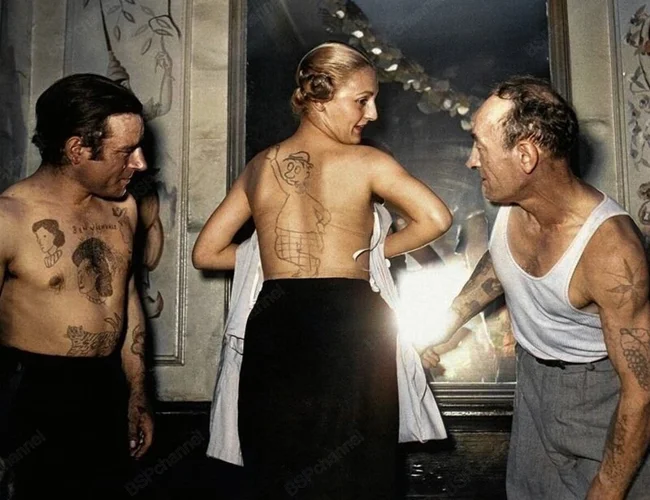
A stunt motorcyclist at the Oktoberfest, 1965. 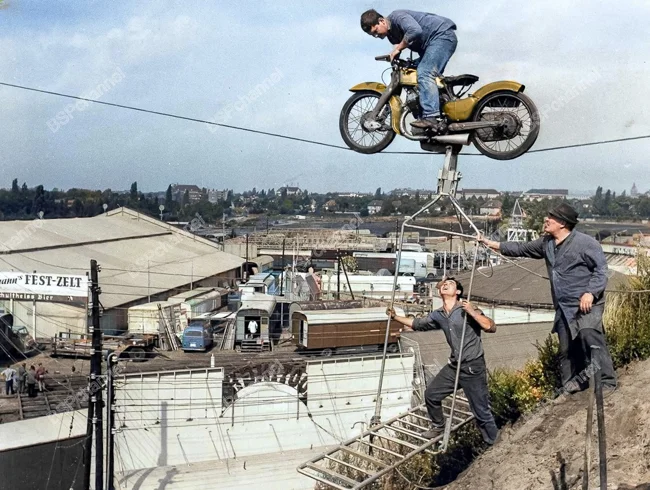
Photographer: Heinz O. Jurisch
In 1810, a lavish celebration was held in Munich to mark the royal wedding. Residents of the city were invited to take part in the festivities, which left a lasting impression on the townspeople. This event marked the beginning of a tradition that eventually grew into an annual festival. Over time, the event program was expanded to include horse racing, music, street festivities, and later beer tents, which became an integral part of the celebration. This is how the famous Oktoberfest was born, one of the largest and most popular folk festivals in Europe. Over the years, dancing bears have performed here, shown dangerous tricks, and treated people to unusual street food — along with mugs of beer, of course.
Models taking a smoke break during a fashion magazine shoot. Norway, 1954. 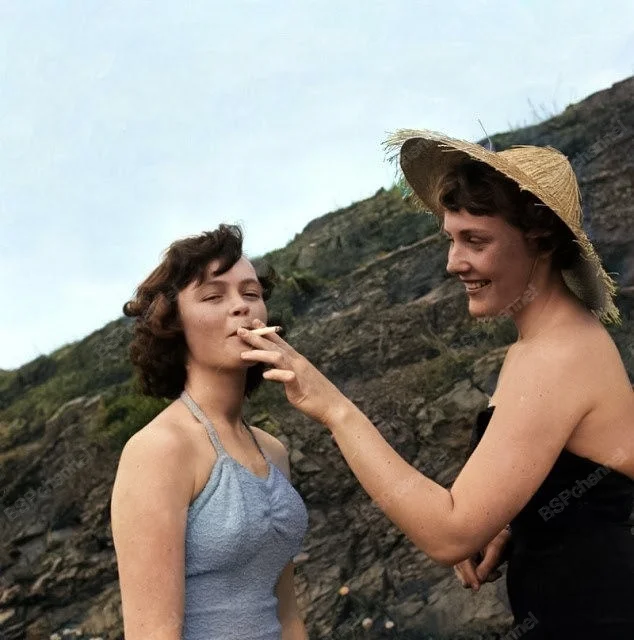
Homeless people on the metro. Paris, 1975. 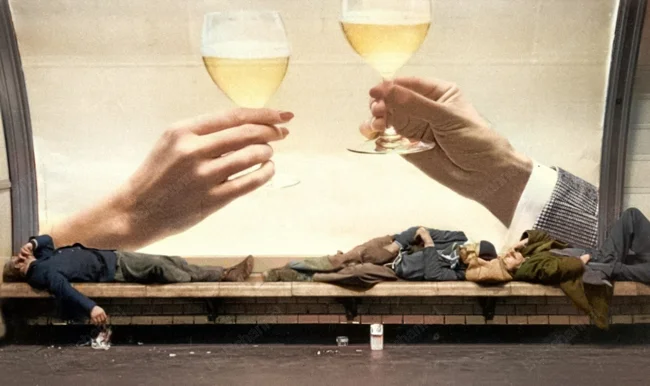
Photographer: Ferdinando Scianna
This shot captures one side of life in Paris in the mid-20th century — one that rarely made it onto postcards and advertising brochures. In 1975, the French capital, like many other European cities, already had problems with social inequality, homelessness, and marginalization. The metro was becoming not only a transport artery for the city, but also a refuge for those left without a roof over their heads.
Sicily, 1964. 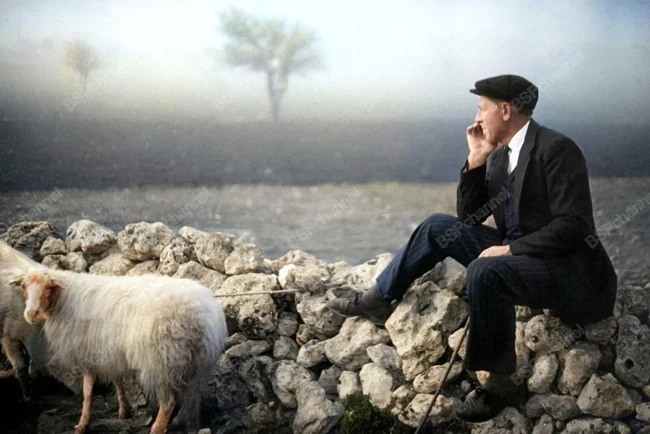
Construction of the motor ship "France", Saint-Nazaire, France, 1959. 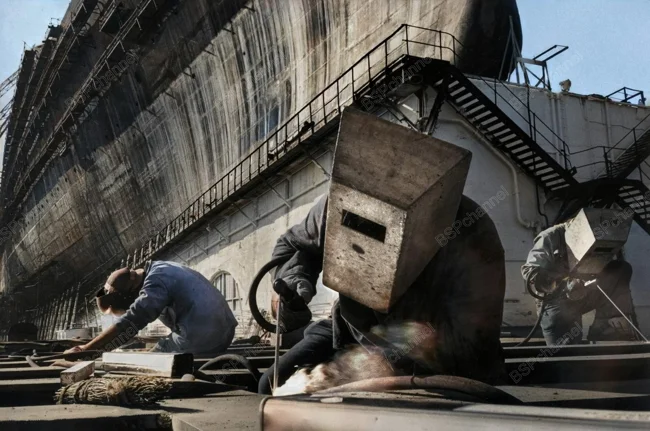
Photographer: Marc Riboud
The ocean liner "France" was built between 1957 and 1960 and was launched on May 11, 1960. The launch took place solemnly, in the presence of the President of France Charles de Gaulle and his wife. The liner was officially commissioned on January 11, 1962, and on January 19, it set off on its first cruise. At the time of its launch, France was the largest and one of the most technically advanced passenger liners of its time — the pride of French shipbuilding and a symbol of the era of transoceanic travel.
Fishermen and a boat. Marken, Netherlands, early 20th century. 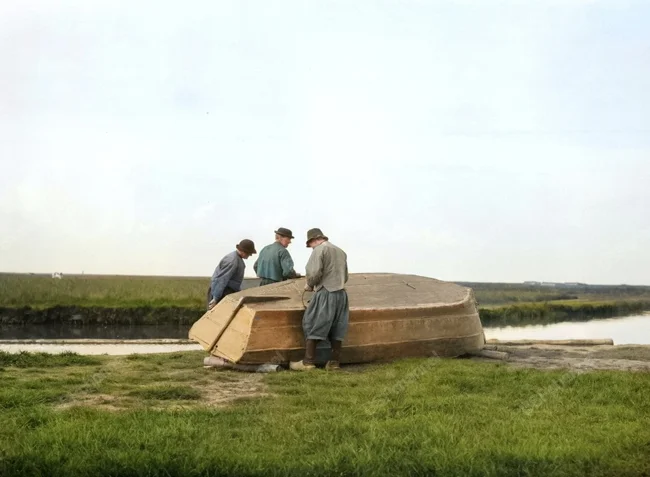
Spanish Riding School. Vienna, 1952. 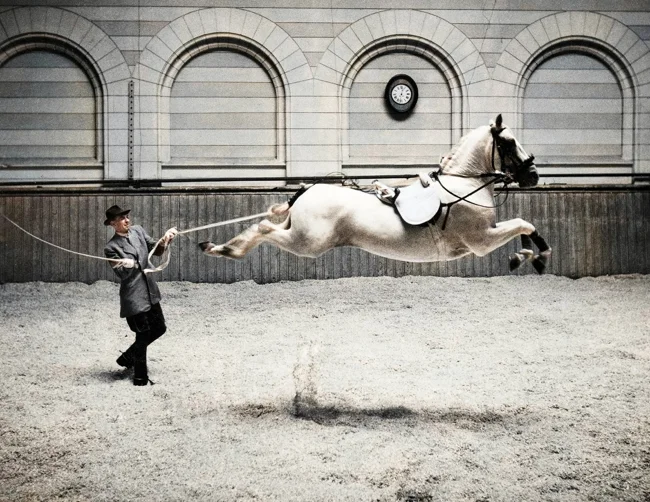
A happy man sits on a deck chair in his garden. France, 1965. 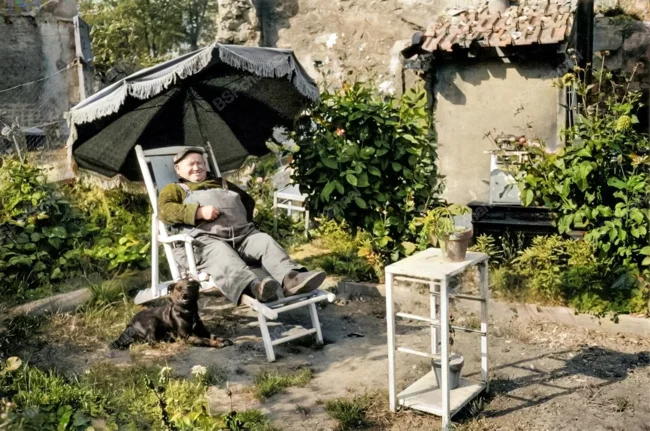
Photographer: Roberta Downey
A 9,000 horsepower spiral turbine built in Germany for a Norwegian power plant, 1928. 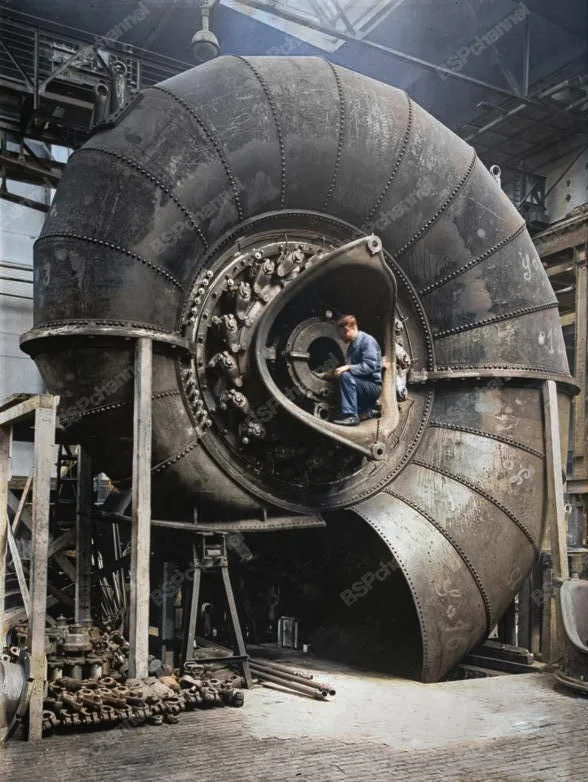
A steam locomotive among the streets of Milan, 1951. 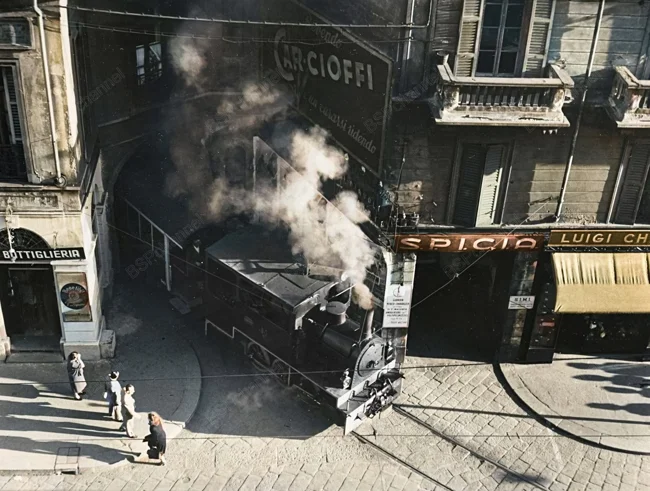
Photographer: Mario De Biasi
"Wooden Run" - this is the nickname of an unusual train that ran from the end of the 19th century until almost the middle of the 20th century from Milan to nearby cities. These were ordinary tram cars with steam traction, outwardly more reminiscent of wooden carriages than iron trains. Despite the simplicity of the design, the "wooden way" played an important role in suburban transportation, connecting the city with the suburbs when full-fledged railways could not yet provide such a dense route network.
Sleeping car. Sweden, 1930s. 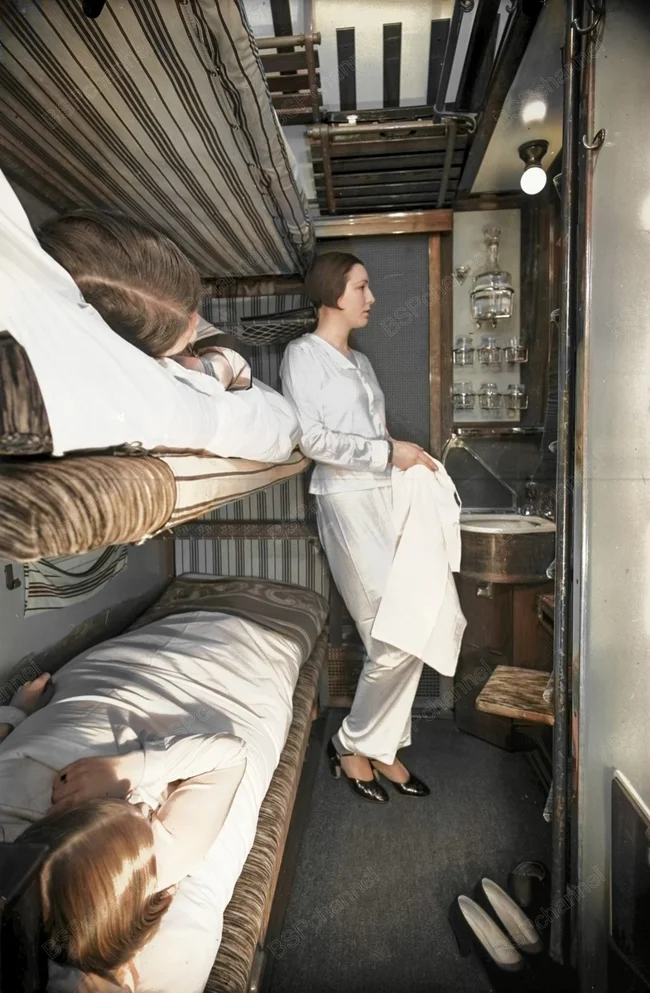
Diagonal. Paris, 1953. 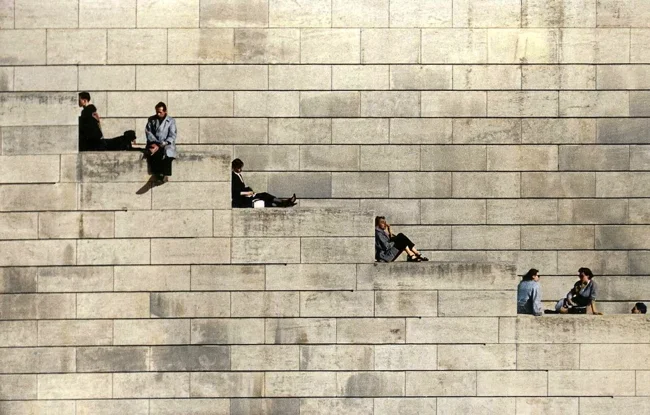
Photographer: Robert Doisneau
Farmhouses in Normandy. France, early 20th century. 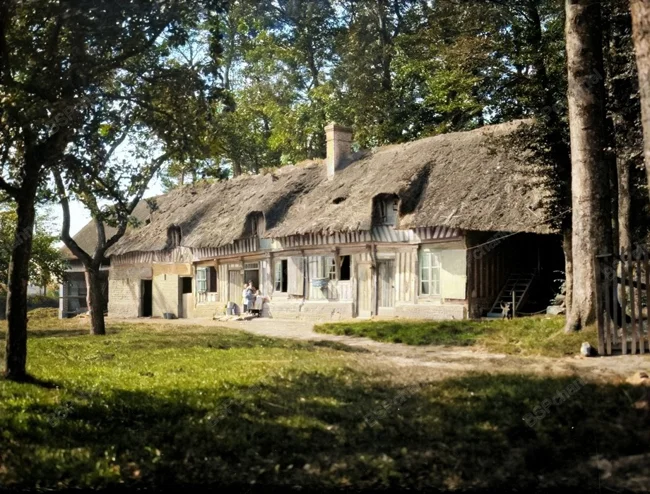
Bread delivery boy. Milan, 1915. 
Baker's boy, a job many boys did in the first half of the 1900s. On foot or by bicycle, they delivered bread or went to the mill to collect sacks of flour. Modest and hard work, which immediately made it clear that even the smallest had to contribute to the family's livelihood.
Performers of the Circus of Little People. Paris, 1949. 
Fred Bradford on a unicycle. Berlin, 1921. 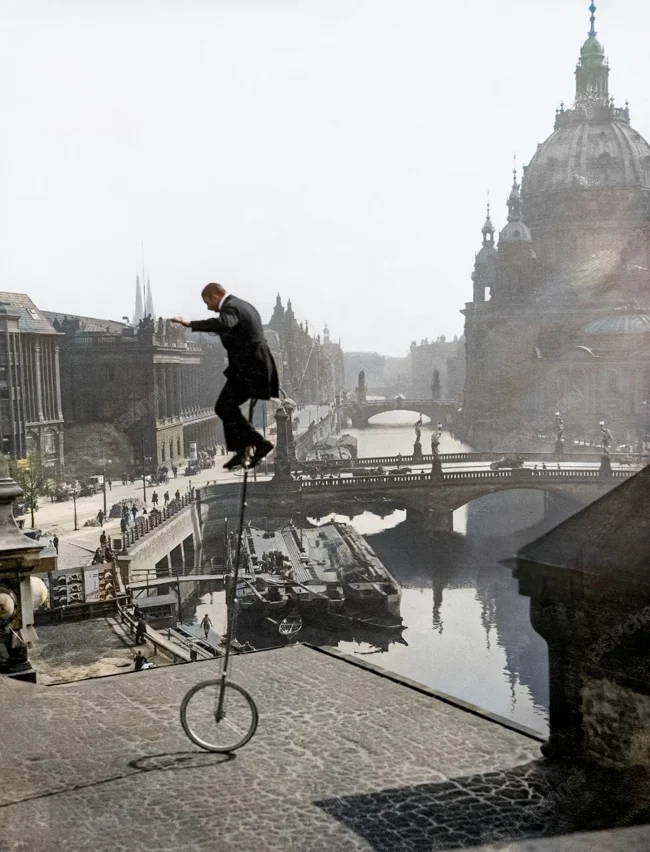
Child with a clock. Comacchio, Italy, 1955. 
Photographer: Piergiorgio Branzi
A woman shows off her tattoo during a tattoo contest. Paris, 1950. 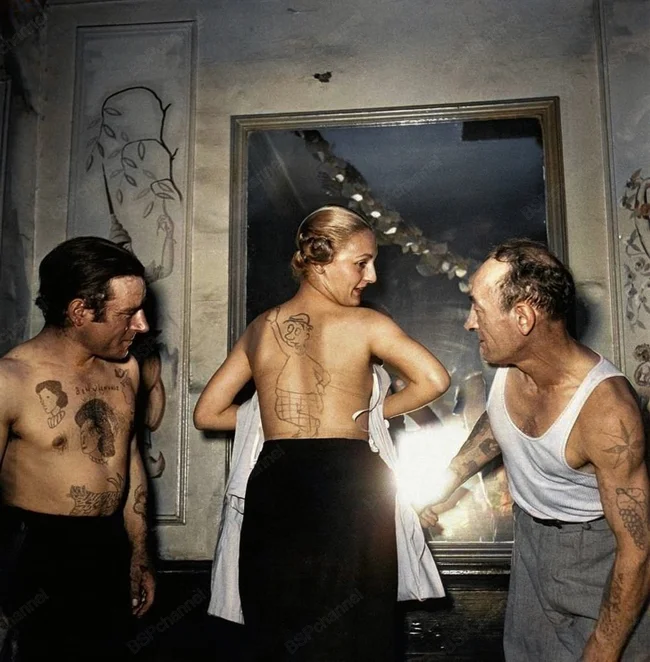
Photographer: Robert Doisneau
Bidstrup style tattoos are a unique style of tattooing that visually resemble the drawings of Danish cartoonist Herluf Bidstrup. What is now considered fashionable or deeply symbolic in the world of tattoos may look no less strange or naive decades later than some of the old works that we smile at today.





















